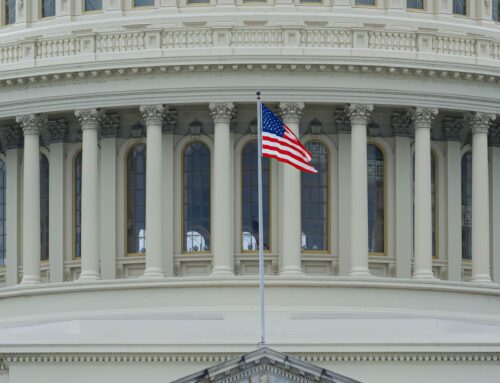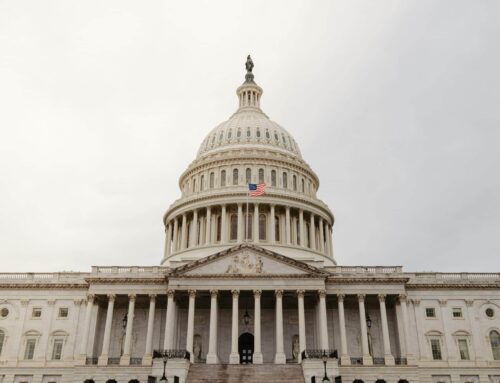March 16th is the new D-day. As in debt limit day. That is the expiration date of Congressional permission for the Treasury to continue borrowing as it needs. It seemed so far away when lawmakers voted to suspend the debt ceiling back in November 2015. But it’s here now.
In the past Congress has voted to increase the cap on borrowing by a certain amount. Most recently, however, Congress basically told Treasury (pictured above) to ignore the cap until March 16, 2017. Whatever the debt is that day becomes the new debt limit. And Treasury starts using “extraordinary measures” to avoid exceeding the cap. The Congressional Budget Office thinks these measures will be exhausted sometime in the fall. Of course that is contingent on the amount of revenue that comes in over that time as well as how much spending occurs.
Newly installed Treasury Secretary Mnuchin has already called for Congress to raise the debt ceiling. Under President Obama, debt ceiling votes were often fraught affairs. The Budget Control Act of 2011 that led to the current budget caps came about because of the debt ceiling vote. Congress has repeatedly waited until the last minute to increase the ceiling, including in continuing resolutions, populist measures (“No Budget, No Pay Act”), and bipartisan budget deals, to name a few. With one party in control of all the levers of power, it shouldn’t be as harrowing. But you can bet that there will be a lot of calls for reigning in spending and the incredible levels of debt.
The debt ceiling covers total debt which will soon be $20 trillion. Some of that is intra-governmental debt (those IOUs that Social Security has been getting) but most of it is debt owed to the public – the owners of the Treasury notes, bills, and bonds. At the end of fiscal year 2016, the public debt sat at 77 percent of Gross Domestic Product. That’s far higher than the average of the last 50 years (40 percent). Just continuing current policies – CBO estimates that the annual budget deficit will exceed $1 trillion in 2023, and the cost of servicing the debt (net interest) will soar from $240 billion last year to more than $750 billion in 2027. The projections in the budget resolution adopted by Congress in January were similarly high.
Nobody thinks that federal policies will continue unchanged. We won’t know the budget score of House Republican legislation to repeal and replace the Affordable Care Act (aka Obamacare) until next week, but it may have costs. The President is still talking up a $1 trillion infrastructure package. There’s the $20 billion wall. The Pentagon is said to get a $54 billion bump – which isn’t enough for some defense spending apologists. The offsets for some of this increased spending is being met with bipartisan howls, even from some Cabinet Secretaries!
It’s a nifty bit of irony that the day before the debt ceiling relief expires is the day that the Trump Administration is supposed to release their “skinny budget” that will put some specifics behind many of these policy proposals that will impact the nation’s debt. One thing is clear. The nation can’t afford to keep piling on debt like we have since our last surplus back in 2001.










